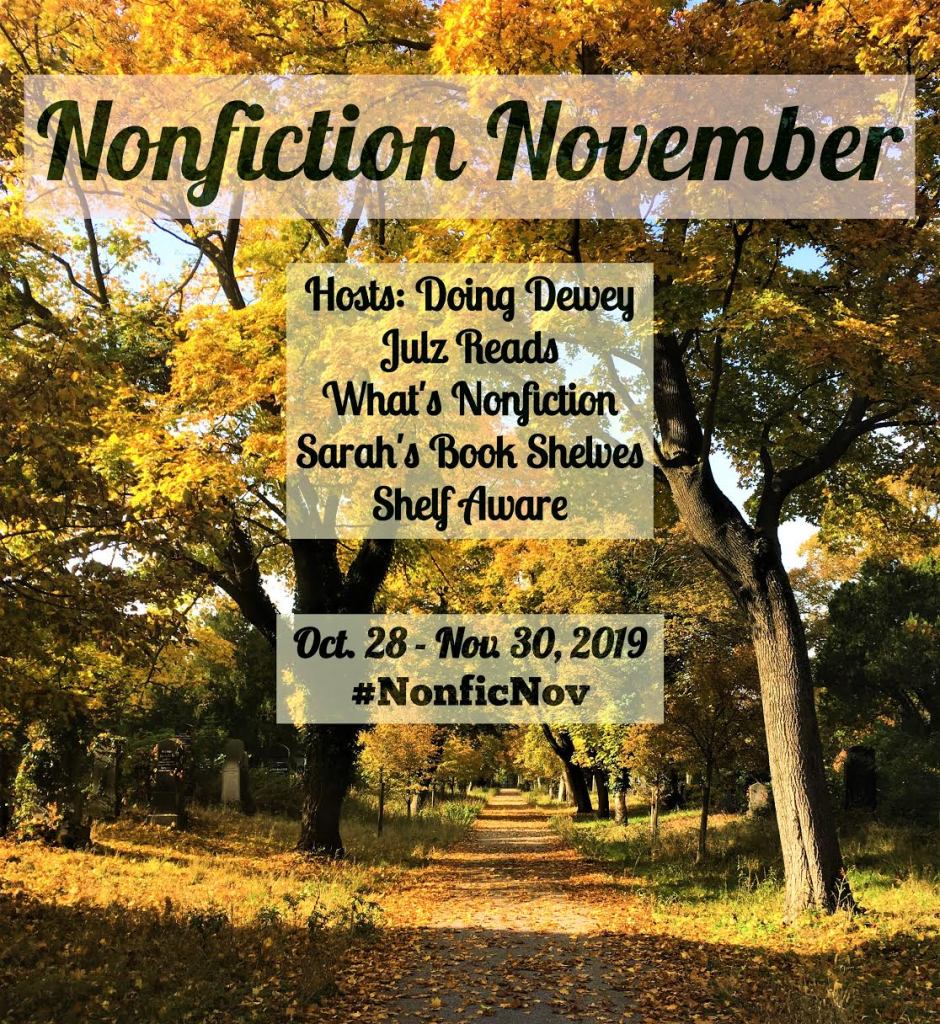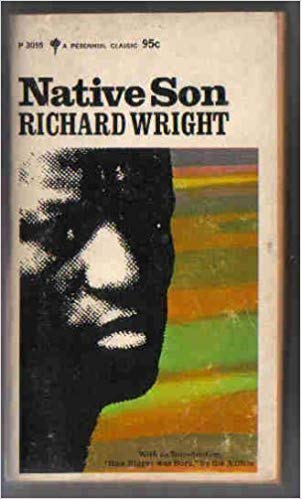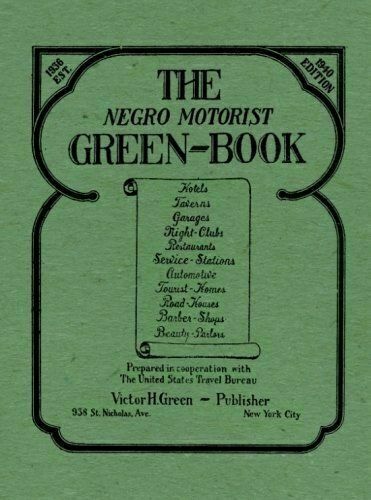
Continuing on with my focused reading for Black History Month (and also continuing my focus on my own TBR), I selected “BlackkKlansman: A Memoir” by Ron Stallworth (2018) since it met both of those criteria. My curiosity was also piqued by the movie (directed by Spike Lee) on the book’s events, so the title seemed to tick a lot of boxes for me.
I wasn’t that well-versed in what the book actually covered (apart from an African-American man infiltrating the KKK – a true story), and so I entered the read with a mostly-open mind about it. It turned out that it was both a better AND a worse read than I had originally expected.
To the narrative: Ron Stallworth was a young detective in the Colorado Springs Police Department, at a time when he was the very first POC to hold that coveted law enforcement position. At the same time as having to prove his worth to his colleagues, he also applied (as a lark) for membership to Colorado Springs branch of the Ku Klux Klan. Yes, Stallworth is black. Yes, to the Ku Klux Klan. So, how did this actually work?
Before I read the book, I had the idea in my head of Stallworth attending the meetings in person but being hidden by wearing the stupid bedsheet uniform of the KKK, but it turns out that he didn’t actually attend the meetings but sent in a (white) surrogate, which in retrospect was the safest and most sensible thing to do. (I just had it different in my head.)
So the Colorado Springs KKK accept his application (without knowing that Stallworth was black) and the detective continues to develop his relationship with the leadership of the pretty small group by only having telephone conversations and sending this other guy to the actual F2F encounters. It’s actually quite funny to think about this African-American law officer having detailed phone conversations with a local leader of the KKK. (I was also rather glad that the KKK leader is also portrayed as being highly incompetent and badly organized but with high goals for increasing membership.)
The actual campaign of undercover KKK membership only continues for a few months, but in these weeks, Stallworth manages quite a lot of contact with various KKK officials, including David Duke, the Grand Wizard (dumb name). However, as the book continues and I turned the pages, I started to become pretty distracted by several things which detracted from the narrative plot.
One was that the book was really terribly written. I understand that Stallworth is not a professional writer, but that’s what editors are for. However, in the Acknowledgments at the end of the book, the author goes out of his way to thank an editor for his work on the writing, so it may have been that the writing had been even worse than before it had been edited. (Hard to imagine – repetition galore. Poorly organized points. More repetition. Holding grudges longer than 20 years for former work colleagues and supervisors. Leaving out important points that make it hard to follow. More repetition… The readerly cringing never ended.)
And, after all this (and after more than 200 pages), as Stallworth is summarizing up the operation, he admits that it didn’t actually achieve anything of note re: the KKK. It didn’t change anything. It didn’t really add important previously-unknown knowledge to the files. He’d also “lost” the only photo that proved he did what he did with David Duke (and he bragged about this to no end – but come on. Show me the money! ;-)) This actually became endlessly irritating for me as the reader and when I turned that final page (because I stubbornly refused to DNF this one), I was pretty annoyed at having wasted my time (and money) on this.
I think that Stallworth was brave to attempt to infiltrate a group such as the KKK (that’s the good thing about the book), but in the end, it seemed like a lot of fuss for not much result, so I’m not sure how good the associated movie is going to be (unless they take some creative leaps in how things turned out).
This could have been such a good read – it’s a brave project but the courage is rather covered up in the author insisting on airing his personal slights to former colleagues (repeatedly) and professing to having lost some of the evidence (apart from a notebook and a few files). To add to this, Stallworth reports that the Colorado Springs Police Chief made the whole case “disappear” from official records and so there is no trace of it actually happening.
Hmm. It all makes me rather wonder about the whole situation. I’m pretty disappointed in this read as it could have been sooooo much better and I’m very surprised that the publisher actually went ahead and published it as it was written. It was a shame in the end.
Good story but so spoiled by the other factors that you just couldn’t appreciate it in the end. Probably not going to see the movie (even though I like Jordan Peele).









 Wanting to read more about racism, I picked up “Kaffir Boy “by Mark Mathabone (1986), a title that’s been on the TBR pile for quite some time, this one about South Africa’s time of apartheid and how one young black man struggles to escape. This was another toughie to read. It doesn’t gloss over the hardship of life for black Africans who have to live under apartheid, and once you’ve read these descriptions of living in a black township at that time, you realize that this kid’s escape to a better life was actually even more of an achievement. It’s sickening that the world allowed this government to continue with apartheid for as long as it did…
Wanting to read more about racism, I picked up “Kaffir Boy “by Mark Mathabone (1986), a title that’s been on the TBR pile for quite some time, this one about South Africa’s time of apartheid and how one young black man struggles to escape. This was another toughie to read. It doesn’t gloss over the hardship of life for black Africans who have to live under apartheid, and once you’ve read these descriptions of living in a black township at that time, you realize that this kid’s escape to a better life was actually even more of an achievement. It’s sickening that the world allowed this government to continue with apartheid for as long as it did… So, although there is some significant messing around in my schedule right now, I’m also doing plenty of reading (naturally), and when I don’t have my nose working through the reading-through-the-whole-AP-style-book project, I’ve also been reading some fun stuff as well.
So, although there is some significant messing around in my schedule right now, I’m also doing plenty of reading (naturally), and when I don’t have my nose working through the reading-through-the-whole-AP-style-book project, I’ve also been reading some fun stuff as well. I did a fast (and very funny) read of Nina Stibbe’s novel, A Man at the Helm (2014). Such a hilarious book, primarily because the author seems to have lived a lot of the same experiences as I had as a child, and so she cracks me up. I’ve enjoyed her other book,
I did a fast (and very funny) read of Nina Stibbe’s novel, A Man at the Helm (2014). Such a hilarious book, primarily because the author seems to have lived a lot of the same experiences as I had as a child, and so she cracks me up. I’ve enjoyed her other book, 